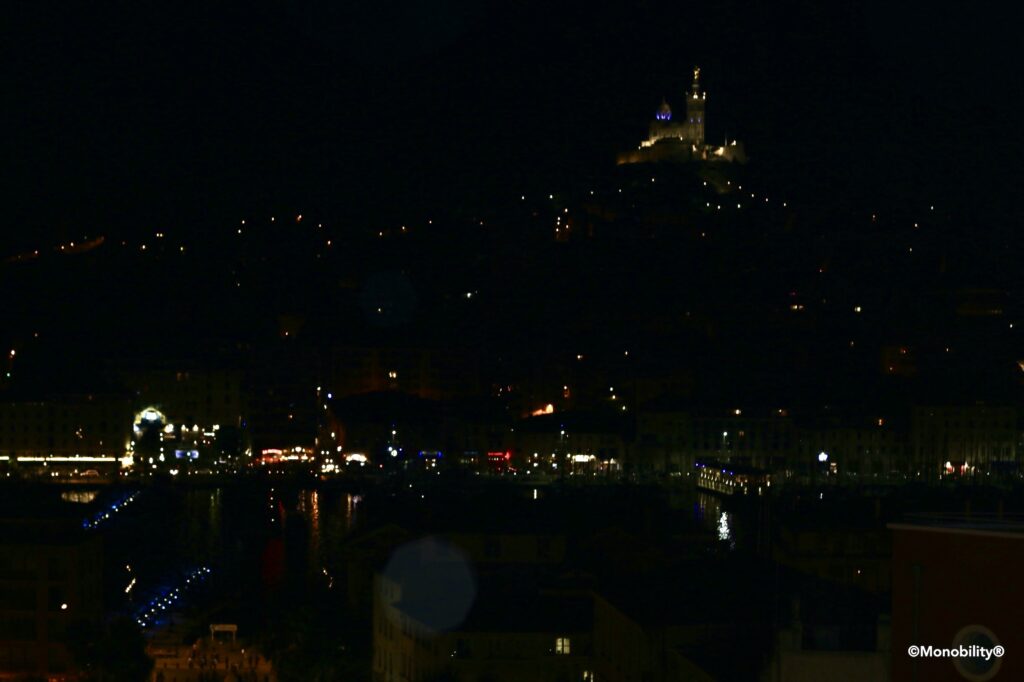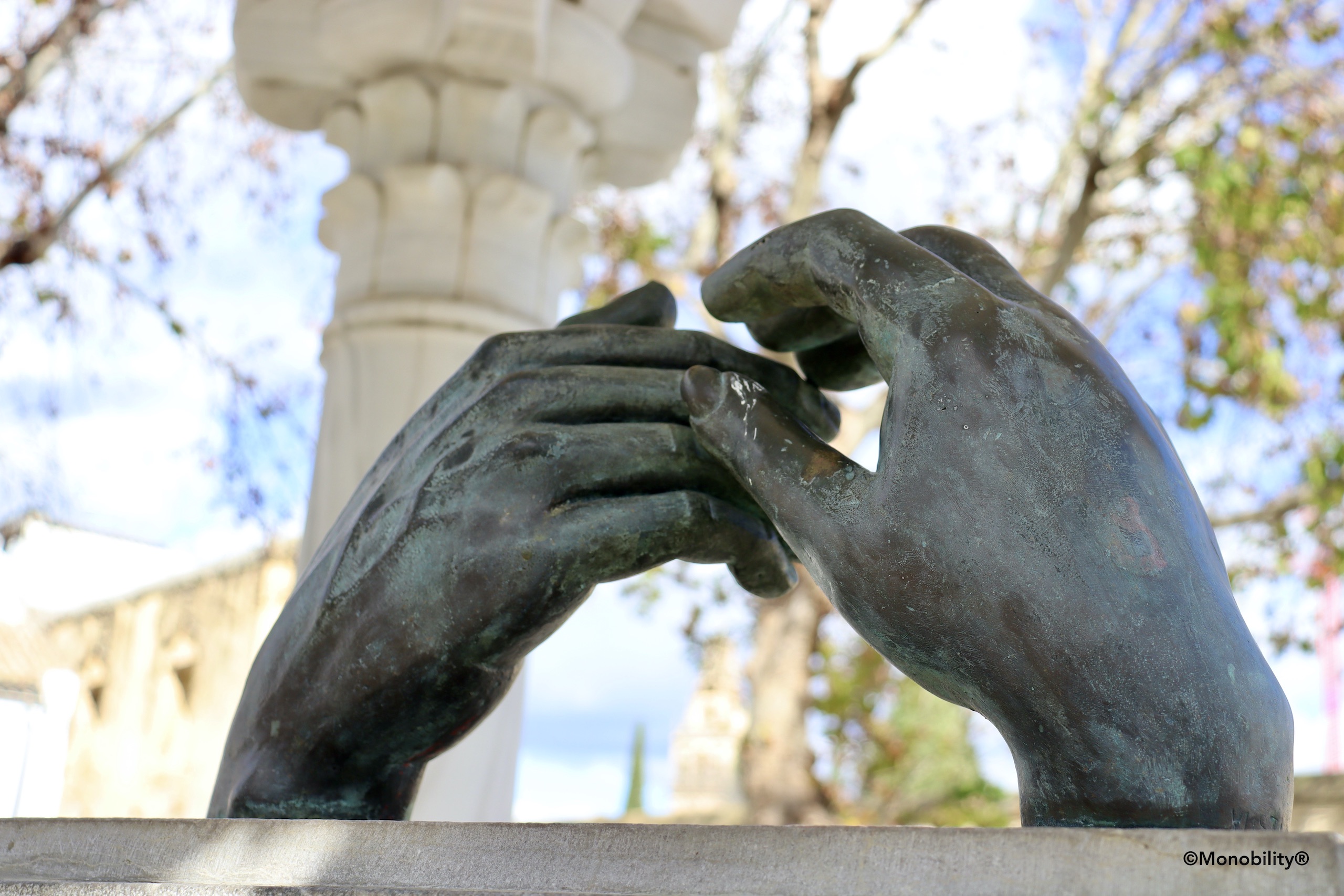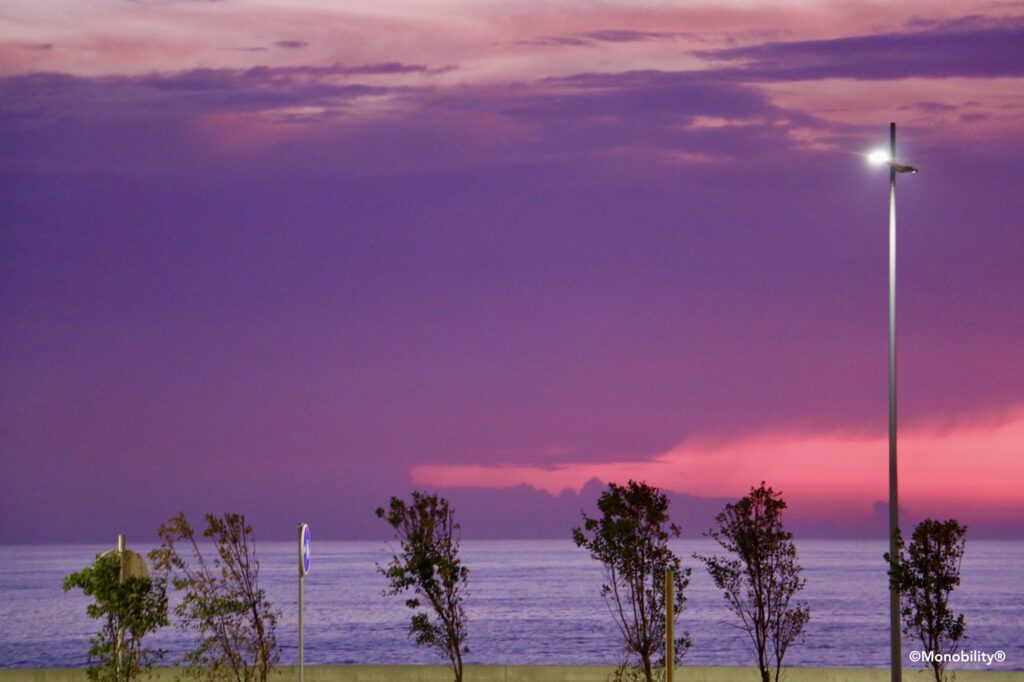남자 친구 (The Boyfriend a.k.a. Encounter, 2018) is one of the most artistic K-dramas ever made. If you understand Korean, you can find many, many beautiful lines from the well-crafted scripts of almost literary quality. And its awesome cinematography, with dream-like nostalgic tone on some exotic backdrops, enhances some of the episodes one notch up to the level of an arthouse movie . Furthermore, top-rated songs by probably the most artistic singers in Korea, such as 이소라, flow like a river to your ears, while you gaze at irresistibly romantic scenes.
Its Episode 5 shows a painting and a line adapted from a poem, where 송혜교 and 박보검 happen to meet again at an unlikely place that he casually mentioned to her before as his “favorite gallery” – under an Expressway in Seoul:
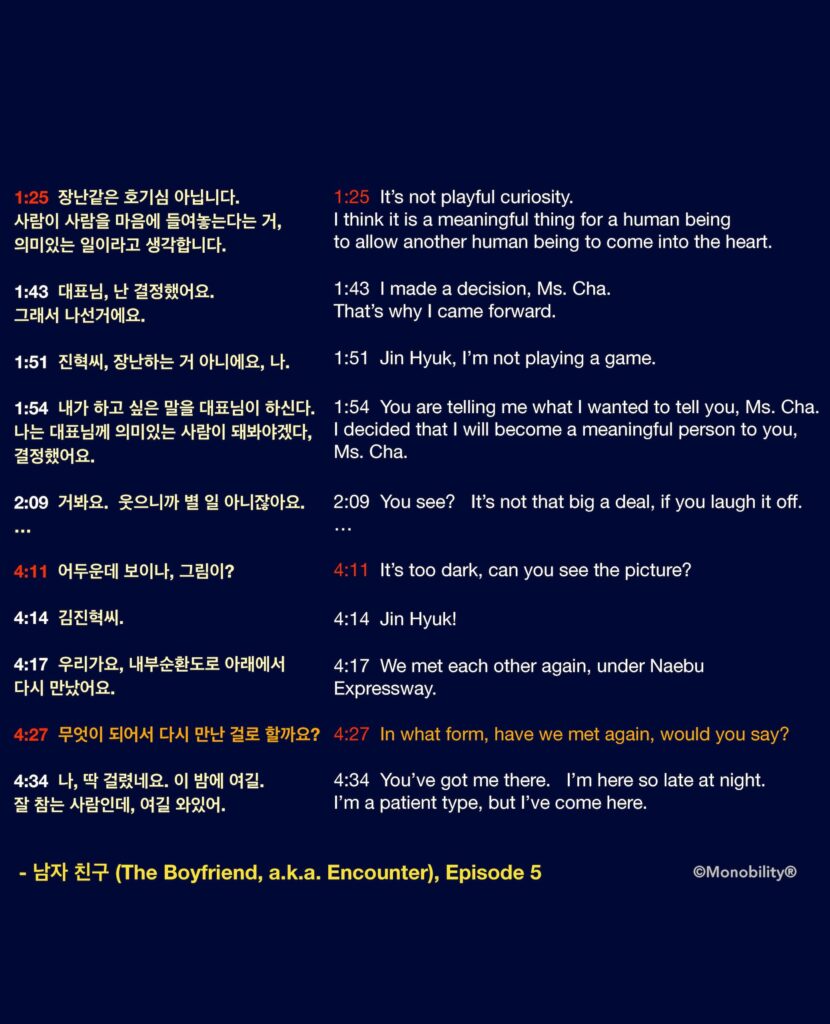
At 4:27, 박보검 sees the painting on the concrete wall, and quickly quotes a line from the much loved poem “저녁에” (In the Evening) by 김광섭, published in 1969. The poem exquisitely expresses a buddhistic concept of reincarnation, karma, and past/present/future life, which is deeply textured into typical Korean mentality in everyday life and relationships.
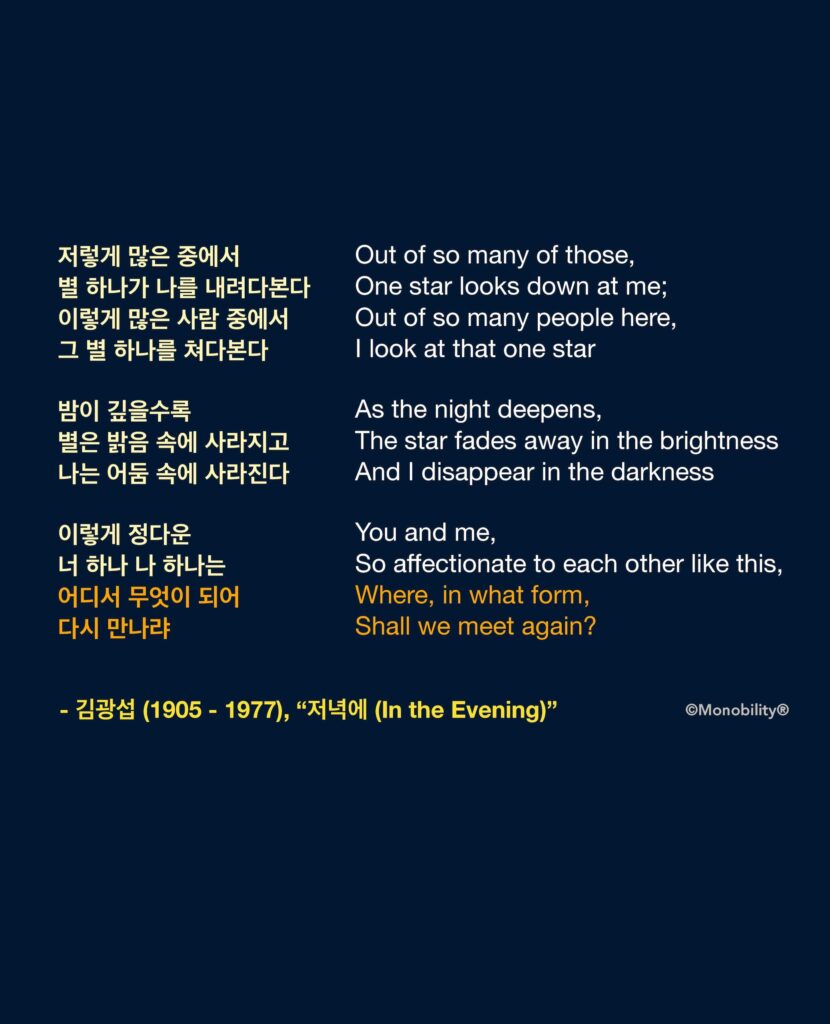
The powerful poem soon inspired a pioneering abstract artist 김환기, living in New York at that time, to create a famous painting titled as “어디서 무엇이 되어 다시 만나랴” (Where, in what form, shall we meet again? ) in 1970.
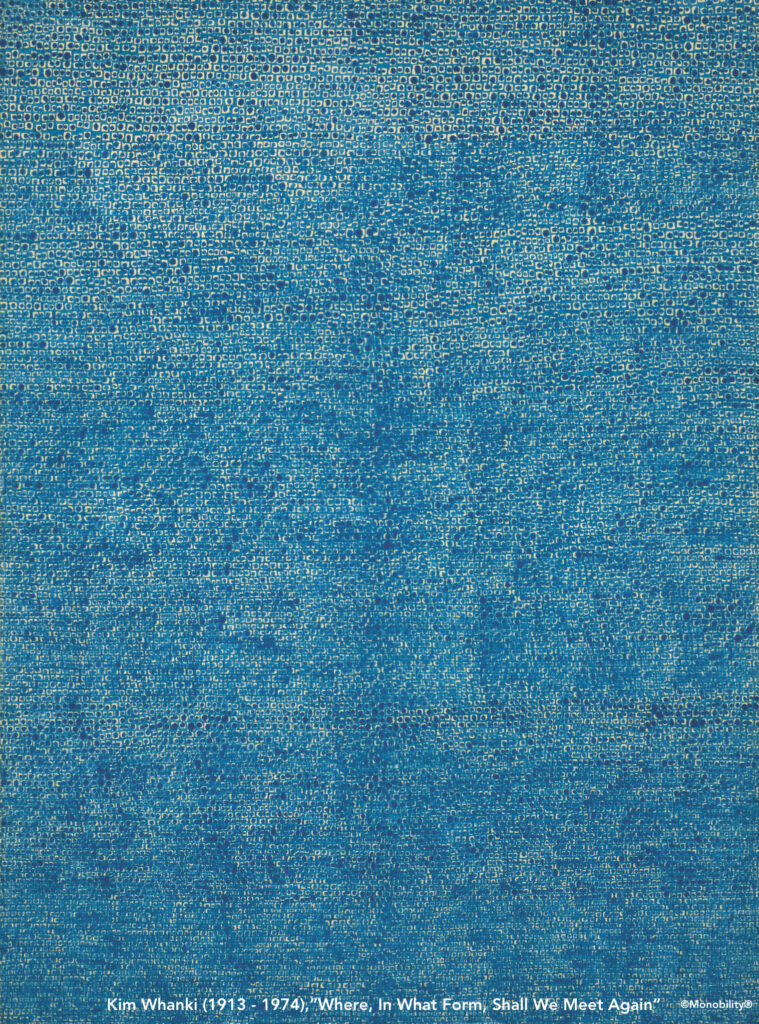
Then in 1980, the poem’s musical namesake sung by 유심초 became such a big hit that most Koreans of all generations know that line by heart now.
One beautiful poem with 11 simple lines is transformed into 4 different art forms during the last 50 years, and engraved in the mindset of an entire people. Such is the power of poetry. The pen is mightier than the sword. And this maxim is so much more valid in the traditional Korean culture, and to some extent, stays still true in South Korea.
Note: In English, a question rarely contains more than one interrogative pronouns/adverbs such as what, who, when, where, how, etc. Sometimes Korean questions, however, start with two or more of such question words in one sentence:
- 그가 어디서 무엇을 하고 사는지 아무도 모른다. = Nobody knows where he is and what he is doing for a living.
- 팀장님이 먼저 무엇을 어떻게 해야 하는지 보여주셔야 합니다. = A team lead should first show what must be done and how it should be done.
- 어디서 무엇이 되어 다시 만나랴 = Where, in what form, shall we meet again? (If we further elaborate “무엇이 되어,” it literally means “What shall we become, and where shall we meet again?”)
Check out our Facebook for much more:
